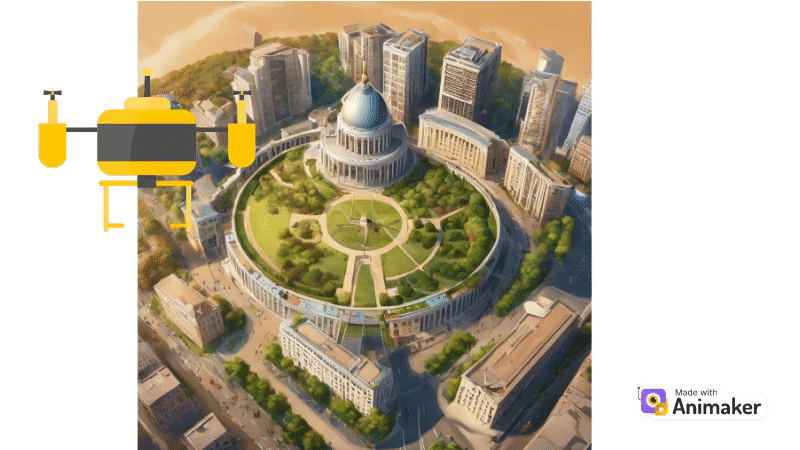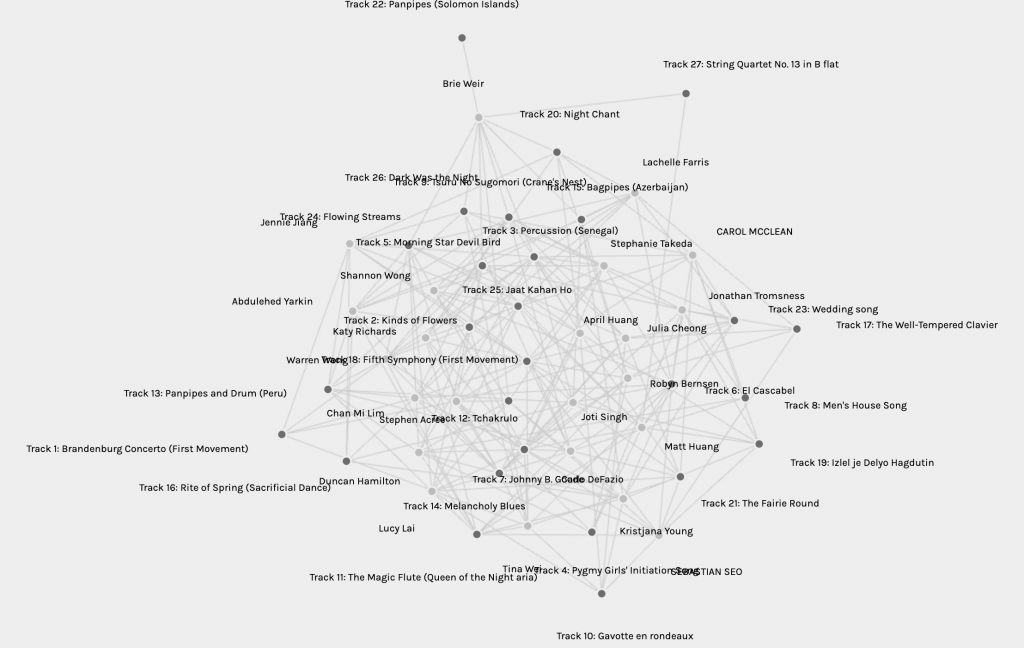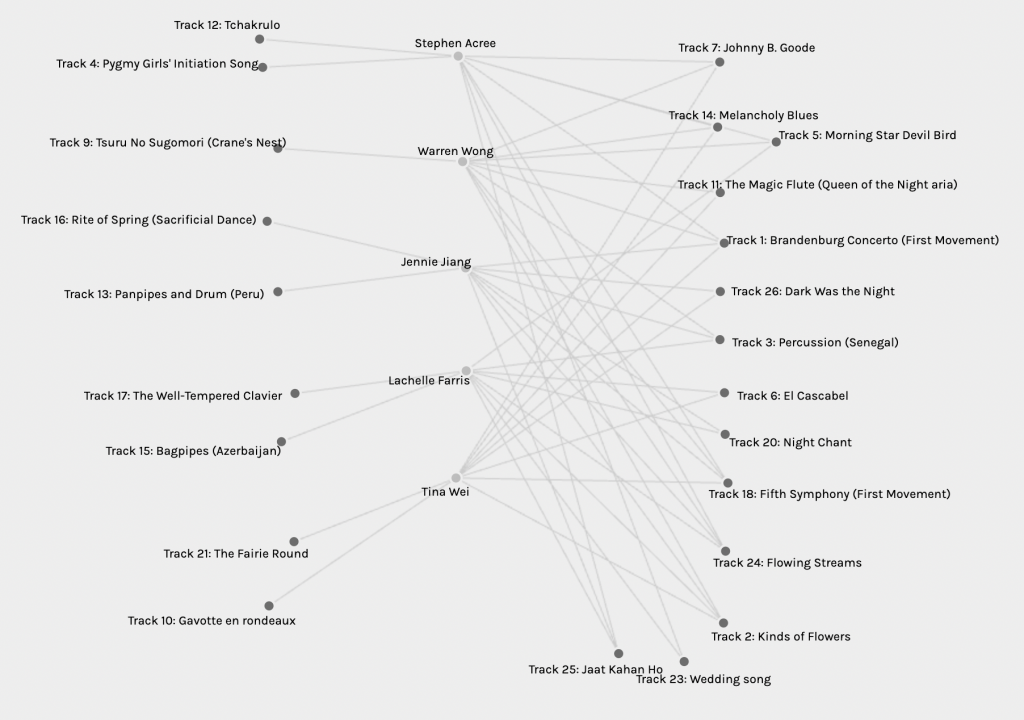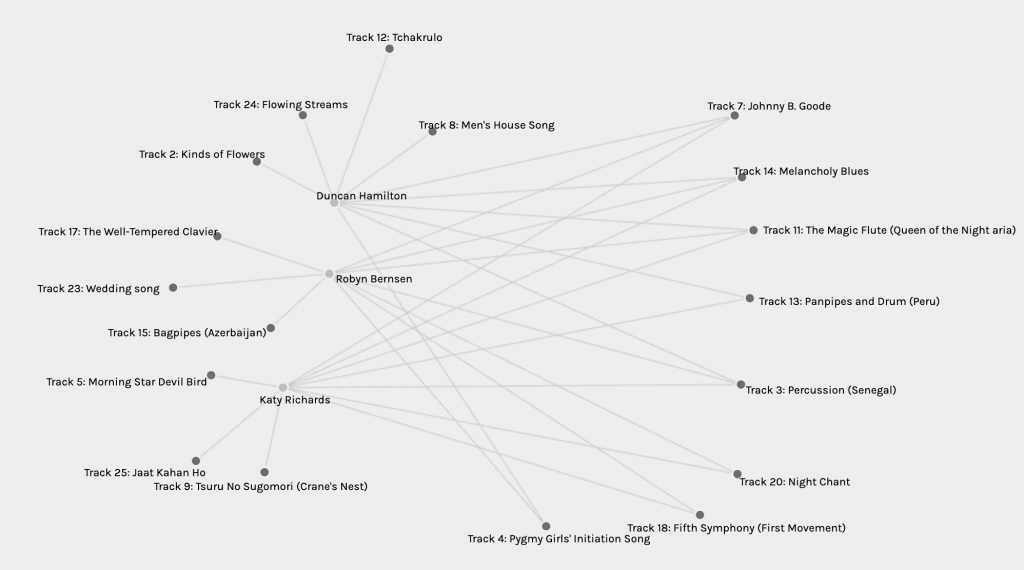In this Linking Assignment, we are asked to engage with our colleagues’ posts and consider how they may be linked to our own. I am enjoying the process of examining how we are alike in our process, how we differ, and how we engage with the content developmentally. I’m pleased to present 6 links to my colleagues’ work.
- Julia’s Task 7 Reflection on the Link: I was attracted to Julia’s Mode-Bending assignment because of the approach she took in contrast to what I did. Our task was to take the first assignment and rewrite it, presenting the same image in a new and novel way. While I utilized Animaker to create an engaging video to watch, Julia used Genially to create a multiliterate, interactive presentation. Mine was made to be viewed, hers was made to participate in. She included traditional literacies, digital literacy, visual literacy in the form of video, and more. Her methods were very much in line with the New London Group’s various modes of meaning, including the gestural mode within the video. Overall, I think Julia did much more with this assignment than I did, and I was impressed.
- Kris’ Task 3. Reflection on the Link: As I read through Kris’ voice-to-text assignment, I found myself entertained by her story. I noted a couple of commonalities. First, we both used Speechnotes for the activity and second, we both told humorous anecdotes about stressful moments in our lives. A difference between our outcomes was the formatting of the text. I’ve used voice-to-text enough that I naturally speak the punctuation into existence, as well as the paragraphing. Kris must not do the same, and so her text is lacking more of the basic formatting that appeared in my version.
Kris’ experience in completing this assignment is different than mine based on our reflections. She expressed that the challenges of the assignment resulted in a story that is “so boring and seemingly about nothing.” She found it difficult to create something that was coherent and had a point. I do not share this sentiment. I believe her text conveys all the point that it needs to – it is a humorous anecdote that the reader can connect with, and I think that is enough of a point. In my own text, I did not convey any more of a point than she did, and though I would certainly improve it, I am pleased with the overall message delivered. I think we had slightly different goals for our text. I do agree with her, though, that a written piece would include more intentional planning with greater description and depth. It would take much more practice to deliver this in spoken format. - Carlo’s Task 4. Reflection on the Link: Carlo and I had very different experiences with this task. Every part of it was a challenge for me as I do not typically write by hand. My technique is poor, and so I’ve spent years actively avoiding it, unfortunately. Carlo, on the other hand, states that he prefers writing by hand and enjoys it. This clearly set us up for very different experiences. Carlo wrote with a pencil, enabling him to correct errors with an eraser, while I wrote with a pen. Why? I do not know, and next time will choose the pencil. For me, the pen smudged and made for challenging corrections. Perhaps I think of a pen as more permanent and there automatically selected that route, whereas I think a pencil would actually benefit me more. Overall I think I am actually envious of Carlo’s writing experience. He relates his value of personalization and permanence, his connection to his writing. These are things that I also value, yet struggle to achieve with my writing skills. His story about his child’s dance recital was very personal, and impactful, and created an emotional connection for me as I have shared this type of experience and emotions with my own children. I thoroughly enjoyed reading this post.
- Seb’s Task 9 Reflection on the Link: I found it interesting to read about Seb’s experience with Palladio, the connections he made, and his thoughts on it. While I moved around people and tracks and sought to create images that made sense to me in my analysis, Seb appears to have looked at the big picture and found that adequate for his observations. While our names are close together in the Palladio chart (which looked the same in his screenshot as it did when it appeared on my own screen), it is interesting to note that we did not share a lot of track selections.There is a notable commonality in our interpretation of the data and what is needed for further understanding. He emphasizes the lack of information about why choices were made, and the significance of this information. He notes: “To understand why our responses are similar, we need more details about our reasons. This can be done through surveys, interviews, or by reviewing each student’s task 8 assignments where they explained their criteria for selecting their top ten music choices.” I appreciated his thoughts regarding how this data may be obtained, and even his reminder that we indicated our rationale in Task 8. This data may exist, we just don’t have access to it necessarily.
- Katy’s Task 10. Reflection on the Link: Katy’s experience with Task 10 was frustrating, just like mine was. Our focus in analyzing the experience was different, however. I discussed the frustration, and considered why I would choose to subject myself to it – in a sense there was FOMO, the belief that one more click may lead to a desired outcome. Katy, while this was certainly present between the lines, focused on the realities of vulnerable people facing these challenges on the internet, and the need for regulation. Truthfully, regulation did not even cross my mind as I do not have a true hope of this being reined in – I have a bit of a user-beware attitude. I would love for there to be more regulation, I just don’t have hope that it will be so. For this assignment there was not a lot of choice in terms of architectural design – we both included a screenshot and our analysis. As a result, our assignments appeared structurally similar.
- Brie’s Task 6. Reflection on the Link: This was a compelling task. On the surface it is playful and I enjoyed both creating the mystery with my own post, as well as experiencing other colleague’s posts. I guessed that Brie’s emoji task was focused on Hacksaw Ridge, and I hope to find out if I am correct! Brie’s post does not clearly indicate what tool she used to compose her emoji story, but the screenshot appears to be the notes app on her iPhone. Her analysis is more philosophical and artistic in nature compared to my own, which focuses more on my procedure and tactics. Brie’s story has a great deal more detail than my own, and I suspect she delved more deeply into plotlines than I did. I took a simpler approach to enable the reader to arrive at a straightforward storyline. Brie did a great job with theory, and historical context, and used her background to create a thoughtful post.
Sources:
The New London Group. (1996). A pedagogy of multiliteracies: Designing social futures. Harvard Educational Review 66(1), 60-92










